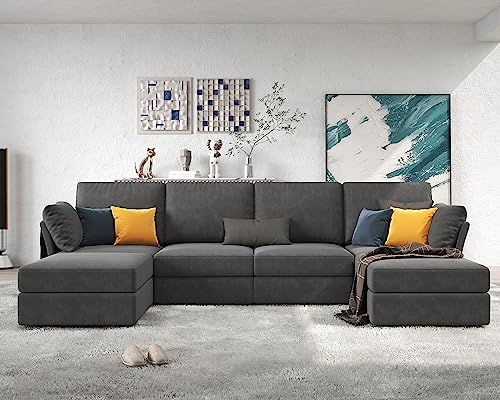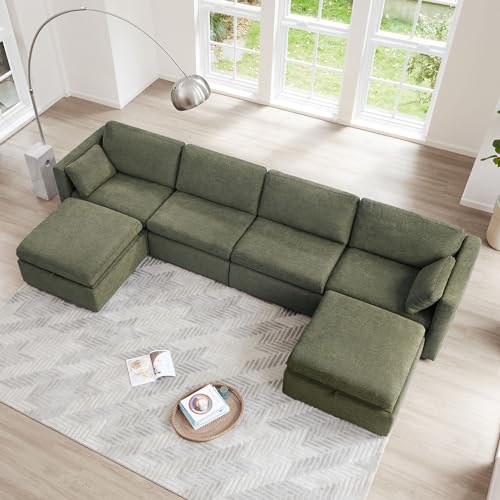네트워크 컨버터 Tips For Explaining What Are U Shaped Valleys To Your Boss
페이지 정보

본문
 What Are U Shaped Valleys?
What Are U Shaped Valleys?A U-shaped valley is a geological formation that has steep, high sides as well as an elongated or flat valley bottom. These valleys are formed by glaciation. They often contain lakes or rivers, sandtraps along a golf course kettle lakes (water hazards), or other natural features.
 The process of glacial erosion creates U-shaped valleys when the rocks are removed from the sides and the bottom of the valley. These valleys can be found in mountainous regions all over the world.
The process of glacial erosion creates U-shaped valleys when the rocks are removed from the sides and the bottom of the valley. These valleys can be found in mountainous regions all over the world.Glaciers are the primary reason for forming them
Glaciers are huge u shaped sectional bodies of ice which form on mountains, and then move down them. When they degrade the landscape, they create U-shaped valleys with flat floors and steep sides. These valleys differ from the valleys of rivers, which are usually formed in the shape of a letter V. While glacial erosion may occur in many locations but these valleys are typical of mountain regions. They are so distinct that it is easy to discern whether the landscape was shaped by glaciers or rivers.
The formation of a U -shaped valley starts by creating an V shape river valley. As the glacier is eroding the landscape it encroaches on the V-shaped river valley, and forms an inverted U-shaped. The ice also scrubbing the surface of land, causing high and straight walls on the sides of valley. This process is known as glaciation and requires an enormous amount of strength to scour the earth in this way.
As the glacier continues eroding the landscape, it also makes the valley wider and deeper. This is due to the fact that glacier has a lower frictional resistance than the surrounding rocks. As the glacier moves down the valley, it creates abrasion on the rock surfaces and pulls the weaker rocks from the valley wall through a process called plucking. These processes work together to widen, smoothen and deepen the U-shaped valley.
These processes also cause a small side valley to hang over the main valley. This valley can sometimes be filled with ribbon lakes that are formed when water rushes through the glacier. The valley is also marked with striations and ruts, till on the sides as well as moraines and till on the floor.
The world is filled with U-shaped valleys. They are most often located in mountainous regions like the Andes Mountains, Alps Mountains, Himalaya Mountains, Caucasus Mountains, and Rocky Mountains. In the United States, they are often located in national parks. Examples include Glacier National Park and the Nant Ffrancon Valley in Wales. In some instances, these valleys extend to coastal areas and become Fjords. This is a natural phenomenon that occurs when the glacier melts. It could take thousands of years to create these valleys.
The ocean's depths are deep
u shaped sleeper sectional (http://chamel.kr/bbs/board.php?bo_table=free&wr_id=245488)-shaped valleys are distinguished by steep sides that curve at the bottom, and a wide flat valley floor. They are formed by rivers valleys that have been filled with glaciers during the Ice Age. Glaciers erode valley floors by abrasion and plucking, which causes the valley to expand and deepen more evenly than with a river. These types of features are common throughout the world in mountainous areas including the Andes, Alps, Himalayas, Rocky Mountains, and New Zealand.
The erosion of the glacier in the valley could transform it into a U-shaped valley, by deepening and expanding it. The glacier's erosive force can also cause smaller side valleys which are often characterized by waterfalls, to hang above the main valley. These features are called "hanging valleys" because they hang above the main valley when the glacier retreats.
These valleys are typically covered by forests, and can contain lakes. Some valleys are used for farming, while others are flooded. Many of these valleys are in Alaska in the region where melting glaciers is the most prominent.
Valley glaciers are massive like river-like flows that slowly slide down mountain slopes. They can reach depths of over 1000 feet and are the dominant form of valley erosion in the alpine regions. They consume the rocks at the bottom of the valley, leaving behind depressions and holes that are filled with water. The lakes that result are large and thin and they can be found in the peaks of some mountains.
A glacial trough is yet another type of valley. It is an U shaped valley that extends out into the saltwater to create a Fjord. They are prevalent in Norway, where they are called fjords, but are also found in other regions of the world. They are created by melting the ice and can be found on maps around the globe. They are distinguished by steep sides and rounded sides with the U-shape. The trough walls are usually constructed from granite.
They are sloping
A U-shaped valley is a geological feature that has steep sides, high sides and a flat base. Glaciers are the cause of many of these valleys. They are common in mountainous areas. This is because glaciers move slowly downhill and then scour the land. Scientists used to believe that glaciers could not create valleys due to being so soft. However, now we know they are able to.
Glaciers form distinctive u-shaped valleys through the processes of abrasion and plucking. These processes widen, steepen and deepen V-shaped river valleys into a U shape by eroding. They also alter the slopes of the valley floor. These changes happen in the front of a glacier as it moves through the valley. This is why a U form valley is typically wider at the top than at the bottom.
U-shaped valleys are often filled with lakes. The kettle lakes are formed in hollows eroded by the glacier, or dammed by the moraine. The lake could be a temporary one when the glacier melts, or it may remain after the glacier has receded. They are usually associated with cirques.
Another type of valley is a flat-floored one. This is a valley formed by streams that degrade the soil, however it doesn't have as steep of a slope as the U-shaped valley. They are typically found in mountainous areas and can be older than other types of valleys.
There are a variety of valleys across the globe and each has a unique appearance. The most popular kind of valley is a V-shaped, but there are also rift and U-shaped valleys. A rift valley occurs when the earth's surface is breaking apart. They are typically narrow valleys that have steep sides. The Nant Ffrancon valley in Snowdonia, Wales is a good example of this.
They are broad
Contrary to V-shaped valleys, U-shaped valleys have broad bases. Glaciers are responsible for creating these valleys, which are generally found in mountain ranges. Glaciers are massive blocks made of snow and ice which erode the landscape as they move downhill. They degrade valleys by friction and the abrasion. This process is known as the scouring. As they degrade the landscape, the glaciers create a distinctive shape resembling an U-shaped letter. These are referred to as U-shaped valleys and can be found in many locations around the world.
The valleys are formed by glaciers that erode the valleys of rivers. The weight of the glacier and its slow motion erodes the valley floor and sides and create a distinctive U-shaped shape. This process, known as glacial erosive erosion has resulted in some of the most beautiful landscapes on Earth.
These valleys are sometimes referred to as glacial troughs or trough valleys. They are common throughout the globe, and are especially found in regions with glaciers and mountains. They can vary in dimensions from a few meters to hundreds of kilometers. They also can vary in length and depth. The temperature fluctuation will be higher the deeper the valley.
A fjord or ribbon lake is formed when a U-shaped valley fills with water. The ribbon lakes form in the valleys in which the glacier cut the less resistant rock. They can also form in a valley where the glacier was stopped by a wall of moraine.
Aside from U-shaped valleys, the ribbon lakes can also contain glacial features such as hanging valleys, erratics, and moraine dams. Erratics, also known as massive boulders, are deposited by a glacier as it moves. The erratics are used to mark boundaries between glaciated areas.
These smaller valleys hang" above the main valley created by the glacier. These valleys are not as deep as the main valley and they are ice-free. These valleys are carved out by tributary ice, and are usually topped by waterfalls.
- 이전글You'll Never Guess This Window Repair Near Me's Tricks 24.06.23
- 다음글Could Treadmill Sale UK Be The Key To 2023's Resolving? 24.06.23
댓글목록
등록된 댓글이 없습니다.
